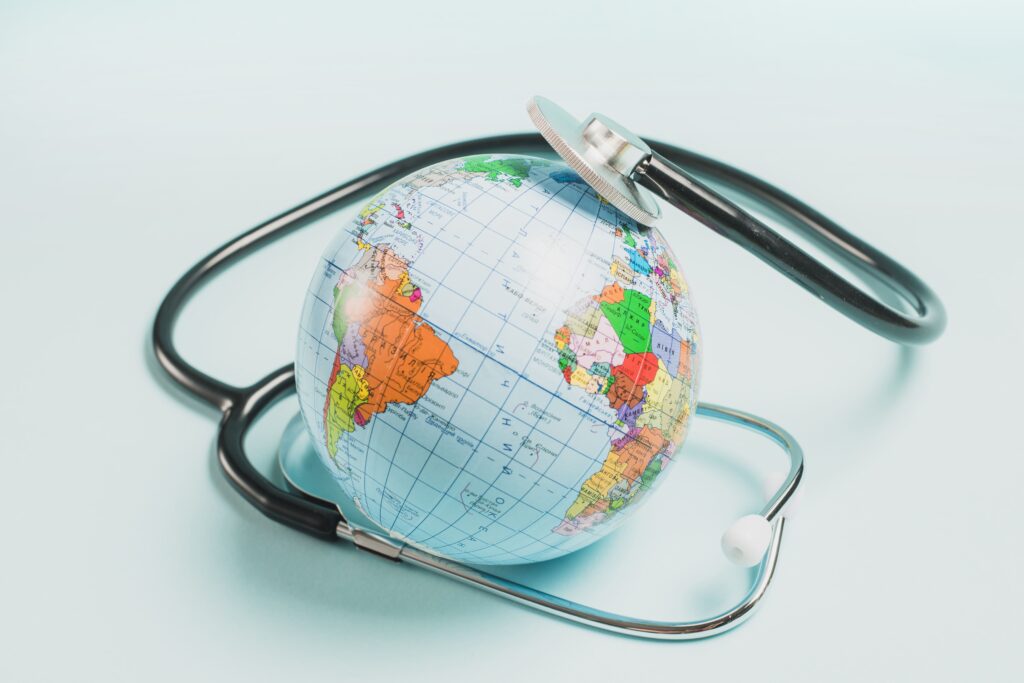Despite groundbreaking advances in pharmaceuticals, millions of people around the world still lack access to essential medicines. From affordability to infrastructure, the barriers are complex—but not insurmountable.
Global Challenges
- High Drug Prices
Many life-saving drugs remain unaffordable in low- and middle-income countries due to patent protections, monopolies, and lack of generic alternatives. - Weak Healthcare Infrastructure
In regions with poor healthcare systems, even basic medicines may not reach remote or underserved populations due to supply chain breakdowns and limited healthcare professionals. - Regulatory and Logistical Barriers
Complex approval processes, import restrictions, and fragmented global regulations slow down medicine delivery where it’s needed most. - Neglected Diseases
Diseases primarily affecting poorer nations, such as malaria or tuberculosis, often receive less R&D investment due to limited commercial return.
Promising Solutions
- Generic Drug Manufacturing
Promoting the production and distribution of generics can drastically reduce costs and improve availability. - Public-Private Partnerships
Collaborations between governments, NGOs, and pharma companies are helping bridge gaps in access through donation programs, pricing agreements, and technology sharing. - Innovative Financing Models
Mechanisms like tiered pricing or pooled procurement help ensure lower-income countries can afford essential medicines without compromising quality. - Digital Health and Mobile Clinics
Technology is enabling remote diagnosis, prescriptions, and delivery—bringing essential healthcare to previously unreachable communities.
Conclusion:
Access to medicine is a shared global responsibility. By aligning innovation with equity and sustainability, the pharma industry has a critical role to play in building a healthier, more inclusive future.

